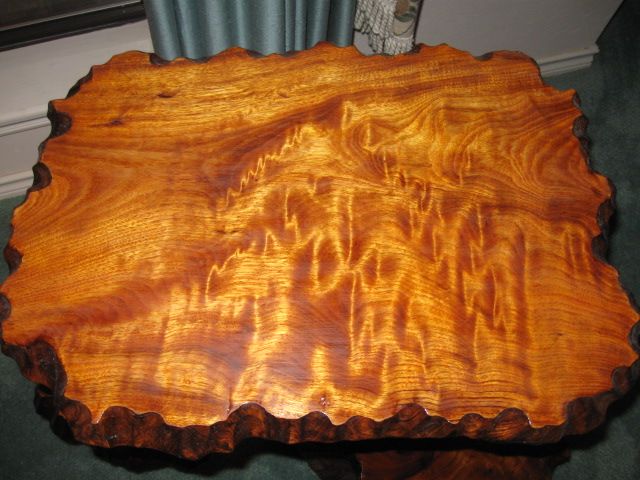by Professor Gene Wengert
Q.
Could you please clarify the difference(s) between B.C. Red Cedar and Ontario White Cedar? More specifically, which is better for exterior use and why?
A.
If you are a person who likes to read, then there is a very good book CANADIAN WOODS: THEIR PROPERTIES AND USES by Mullins and McKnight, published by the University of Toronto Press. There is also NATIVE TREES OF CANADA by Hosie, published by the Canadian Forest Service.
Western Red Cedar is a wonderful species, with the grain being very straight. The wood splits easily--hence, it is commonly used for split singles and shakes. The wood is light weight (24 lbs per cu ft or 385 kg/cu m) and therefore is not exceptionally strong. It has little shrinkage. It works well. It has very high natural decay resistance. The wood has a characteristic odor, but the odor does disappear if the wood is dried at moderate to high temperatures. (There is another, but stronger wood, yellow cedar or Alaska yellow cedar that grows in B.C. The well known Eastern red cedar that smells like gerbils is not a relative.)
Eastern White Cedar is a close relative of Western red cedar, genetically speaking. However, the white cedar tree is much smaller and so the lumber is quite knotty, compared to the very clear lumber of red cedar. The wood is light weight (21 lbs per cu ft or 335 kg/cu m) and so is weaker than red cedar by a considerable amount. The grain is straight; shrinkage is low; splitting is easy. Decay resistance is very high. It has a pleasant odor and is dried at very low temperatures. (Other names include northern cedar and arbor-vitae.)
Your question is "Which is better for exterior use?" Both are excellent. Western is much stronger and pieces are clearer. The heartwood of both has high natural decay resistance. Because of the low density, you should consider using large headed nails or screws when fastening to avoid excessive pull out.
Professor Gene Wengert is Extension Specialist in Wood Processing at the Department of Forestry, University of Wisconsin-Madison.
Click on Wood Doctor Archives to peruse past answers.
If you would like to obtain a copy of "The Wood Doctor's Rx", visit the Wood Education and Resource Center Web site for more information.
